Not long ago, the name “LeEco” didn’t mean much in the smartphone industry. Most people would have guessed it was the name of a French ecological company. In the last two years, they have released 10 smartphones, most of which have stayed in their home country of China. The LeEco Le Pro 3 is the first phone they have released for the U.S. It has powerful specs and a small price tag, but is that enough to overcome a massive flaw? Let’s dive into the latest phone from the Chinese wunderkind.
Read More: First things to do | 30 Tips & Tricks
Hardware & Design
The hardware and design of the Le Pro 3 will remind you of many other devices. In fact, if you cover the LeEco logo on the back, it would be hard to identify this phone. It has a brushed aluminum back, horizontal antenna lines, chamfered edges, and centered camera bump. The look is not offensive, but it’s about as exciting as a glass of milk.
One difference I’ve noticed is how the aluminum back feels in the hand. It doesn’t have the same texture that you’d find on most brushed aluminum devices. LeEco has polished it so much that it feels like there’s a plastic film that needs to be removed. The good news is it’s much grippier than most metal phones.
Honestly, there’s not a lot to say about the design of this phone. If you do a Google image search for “2016 smartphone,” you’ll find quite a few results that look like the Le Pro 3. It looks and feels great, but it’s incredibly boring and safe. They went with a tried and true design instead of trying to reinvent the wheel. I would have liked to see LeEco take some chances here.
There is one element that sets the Le Pro 3 apart from most devices on the market right now. LeEco has jumped on the hype train and removed the headphone jack. The USB Type-C port is the one and only port on the device. You can only use USB Type-C headphones with this phone (a pair is included in the box). Someday we will be ready to ditch the headphone jack, but right now it remains to be a nuisance.
Display
The Le Pro 3 has a 5.5-inch 1080p LCD display. It gets very bright and colors look great. As with any LCD display, the colors are not as vibrant or deep as you would see on AMOLED, but LeEco does include a few color temperature options. For the best true-to-life colors, LCD is still the way to go.
Some might think 1080p resolution isn’t good enough for a display of this size, but I think it’s perfectly fine. Truth is most people don’t even notice a difference between 1080p and QHD. You’re not getting the same number of pixels, but the benefits in battery life are worth the sacrifice. For a phone that costs just $299, this is a very nice display.
Camera
If you’re noticing a trend here, it’s that the Le Pro 3 is good in a lot of areas, but not great. The camera is another example. The 16MP rear camera is respectable, but not even close to the industry’s best. That’s not terribly surprising for a $299 phone.
The camera can take fine photos under ideal conditions, but as soon as you leave those conditions, it struggles. Even under perfect conditions, the Le Pro 3 doesn’t offer the same level of exposure and detail that you can find from phones like the Pixel. This is most noticeable when you look closely at the lack of detail in shadows.
One thing you can do to get better photos is use HDR mode. Photos with HDR mode look better, but the Le Pro 3 chugs when processing them. Even with the slow processing time, it’s worth turning on HDR for better results. The 8MP front facing camera is also decent.
- HDR
- HDR
Performance
If you’re an Android fan and you’re excited about this phone, it’s probably because of this section. The Le Pro 3 has a Qualcomm Snapdragon 821 processor, 4GB of RAM, and 4,070 mAh battery. These are extremely impressive specs to find in a $299 phone. Performance is as good as any Android phone I’ve used this year.
We don’t normally pay much attention to benchmarks, but let’s take a look at Geekbench to put the Le Pro 3 into perspective. The Pixel XL scored 4,146. The Le Pro 3 scored 4,096. Very impressive for a device that costs half as much.
Battery life is also very good. I was able to easily make it through a day without plugging in. If I really pushed it, I could make it through 2 days without charging. LeEco’s “align wakeups” feature (a.k.a. Doze) works extremely well. LeEco has done a lot to optimize the battery. You can even get alerts when certain apps are hogging juice. Performance on all fronts is great.
Software
So far everything in this review has been good to great, but I mentioned a “massive flaw” in the introduction. Software is that flaw.
Android “skins” come in many flavors. Google’s version (often called “stock Android”) is clean and simple. HTC and Motorola also fall close to “stock.” The next level is Samsung and LG. Their skins look definitely look different, but they still work like you would expect Android to work. LeEco’s skin falls in the same category as Huawei. It’s nearly unrecognizable as Android.
LeEco’s EUI skin is based on Android 6.0.1. However, you won’t find much that looks like Marshmallow. Instead of finding Quick Settings in the notification shade, LeEco has moved them to the multitasking screen. It takes a long time to get used to a change like that, and EUI is full of these changes. It’s like learning a brand new OS.
To make matters worse, LeEco’s own apps leave a lot to be desired. The home screen launcher has a permanent shortcut to a live video service you’ll never use. Many LeEco apps ask for a plethora of permissions before you can use them. You can’t even watch a video from the gallery without being asked for calendar access. Stuff like that doesn’t make me feel great about using a phone.
Awesome hardware can be ruined by bad software. LeEco has some decent ideas, but when you’re used to a certain experience on an Android device, it can be annoying. If someone gets the Le Pro 3 as their first Android device, they might be fine. The problem is this phone is not for Android beginners. The people that know about obscure phones like the Le Pro 3 are Android enthusiasts. For those people, EUI will not be an enjoyable experience.
Conclusion
LeEco has put together a great package at an affordable price, but I can’t help but feel like they botched the execution. For a little over $100 more, you can get the OnePlus 3T with almost identical specs and a far more palatable UI. The Moto Z Play is in the same price range and has nearly stock Android. You don’t have to put up with subpar software to get a deal.
The Le Pro 3 is a phone that is great in one area (performance), bad in one area (software), and pretty much “meh” everywhere else. If performance and battery life are the end-all-be-all to you, the Le Pro 3 is a steal at $299. If software and user experience are more important, you will need to do some modding or look elsewhere. It’s that simple.
LeEco Le Pro 3 Rating: star_fullstar_fullstar_fullstar_fullstar_empty (3.9 / 5)
The Good
- Generic, but attractive design
- Excellent performance & battery life
- Solid build quality
- Very affordable
The Bad
- EUI is not a pleasant experience
- No headphone jack
- Camera is just okay
The Bottom Line
If you only care about performance and you can get it for the ultra-low $299 price, this is a great phone. The software will be a huge turn-off for most people. There are better options in this price range that won’t require as many sacrifices.

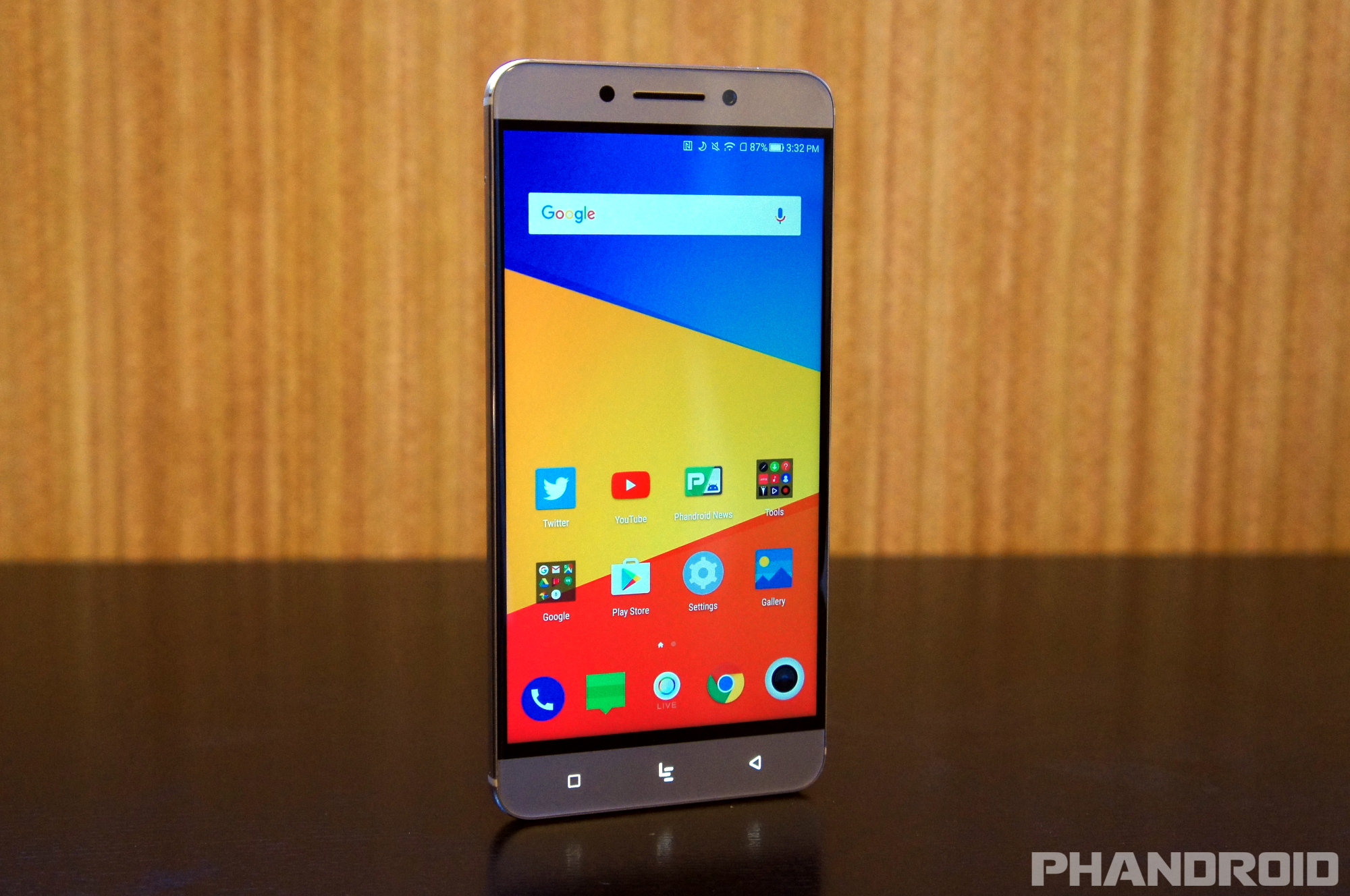
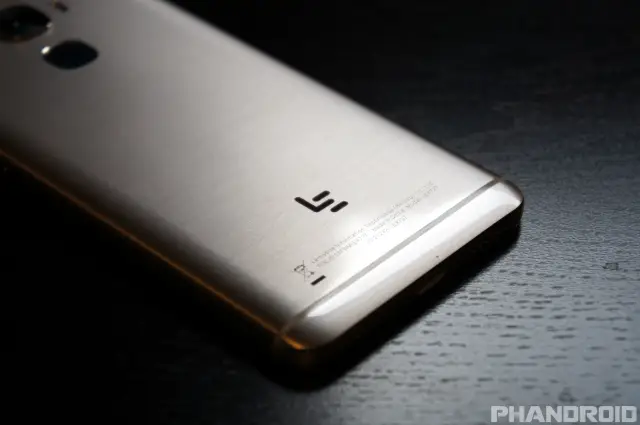
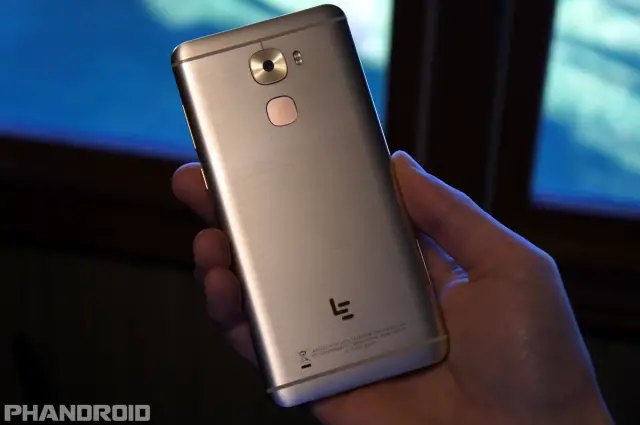
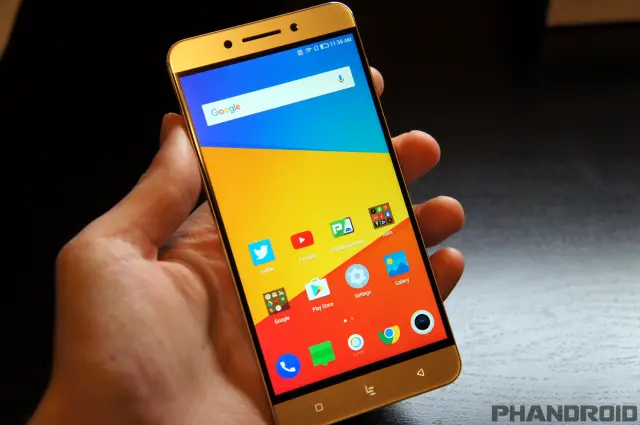
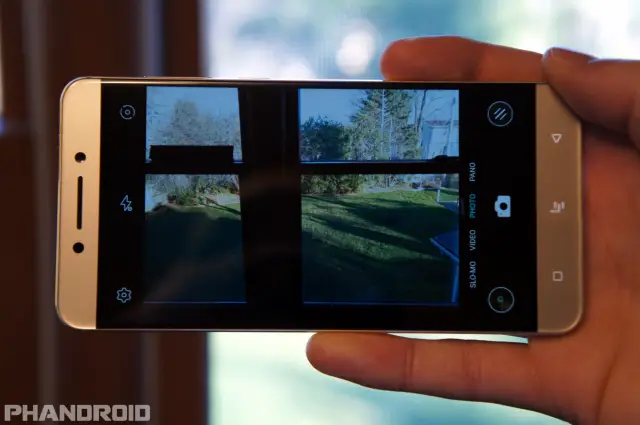






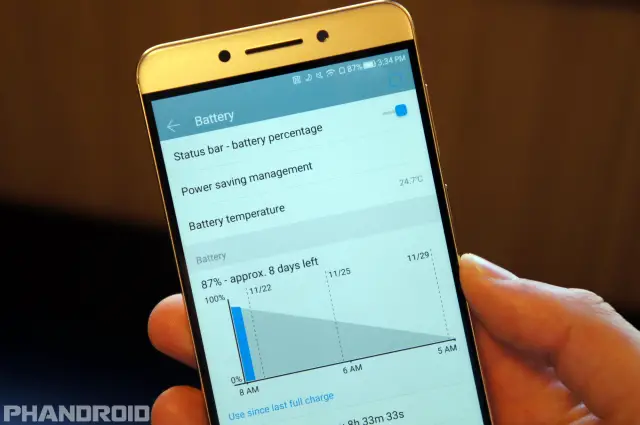
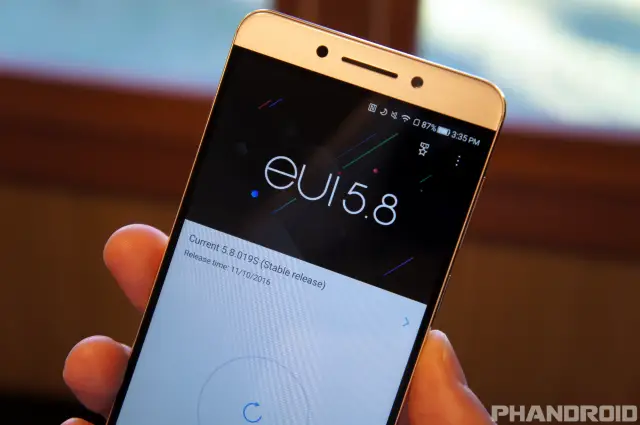
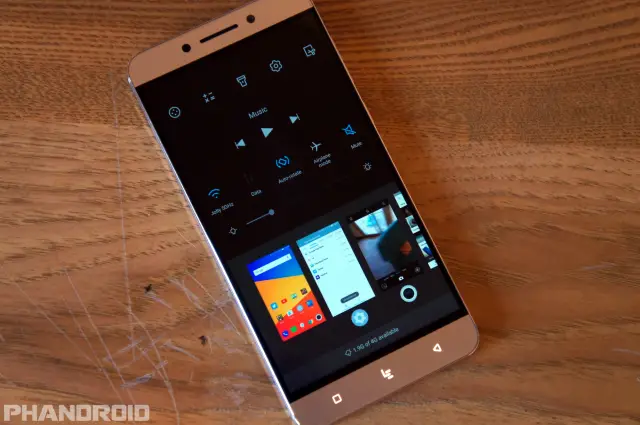
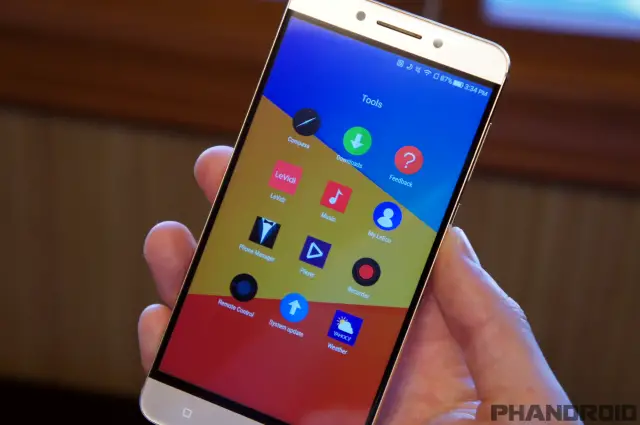


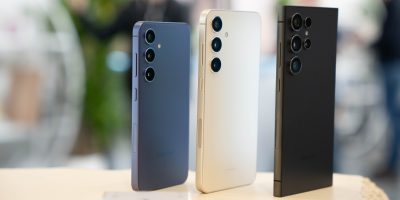


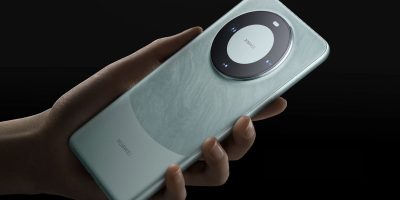

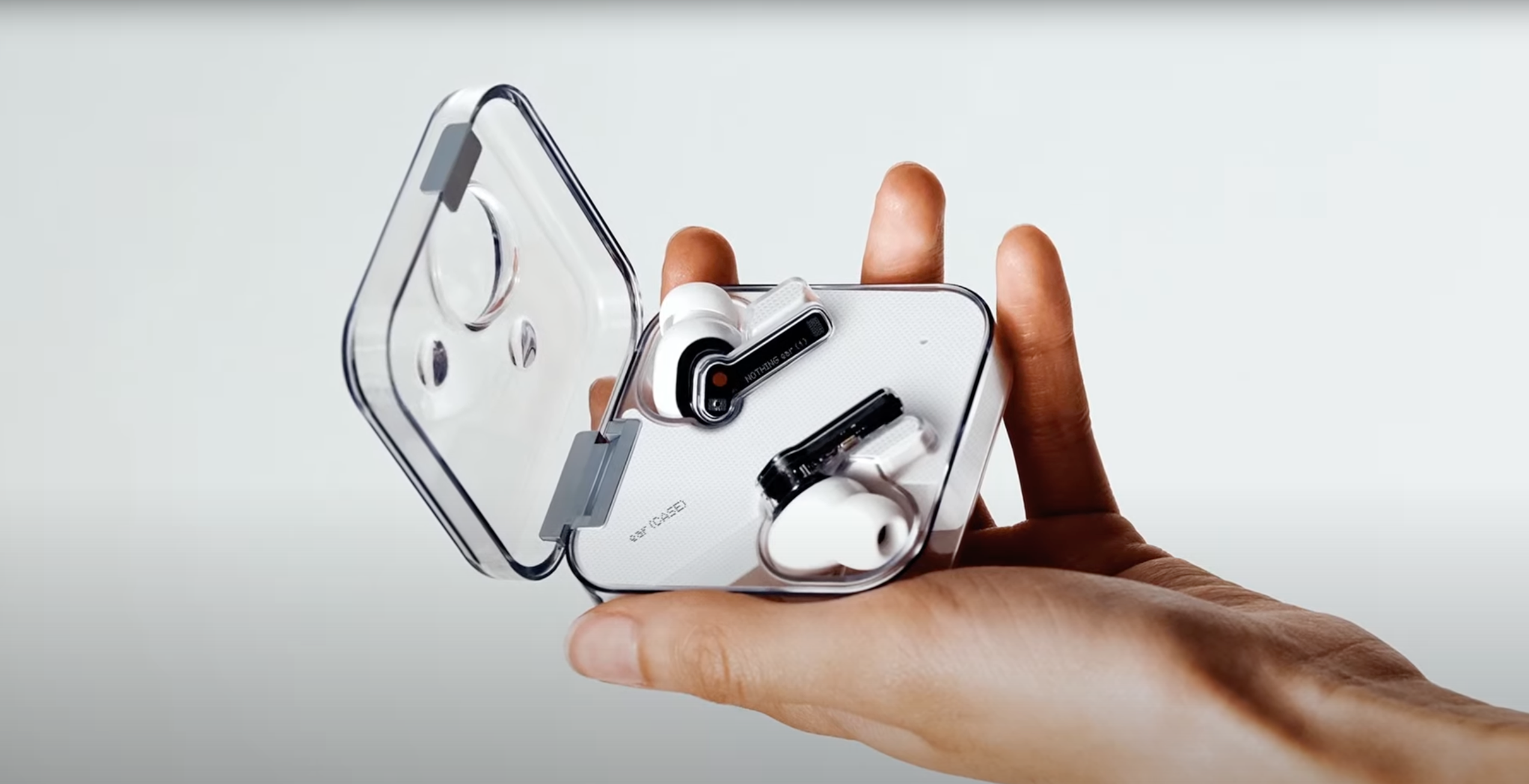


Comments